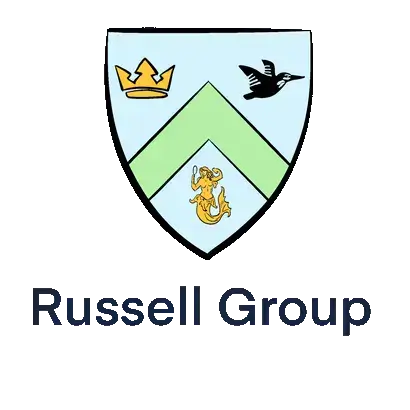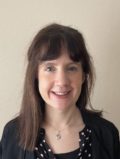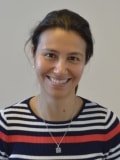Dame Alice Owen’s School tutors
Nicola - Check availability
11 Plus, 13 Plus, Other School Entrance, University Admissions & English
Nicola is a qualified and experienced practising English teacher, with extensive experience teaching English at Key Stages 3, 4 and 5 in leading...
English (2006)
School entrance experience







Dame Alice Owen’s School entrance guide
Founded in 1613 and moving to its current buildings in 1973, Dame Alice Owen’s School is an award-winning state school in Hertfordshire, easily accessible from London and catering for boys and girls aged 11-18. There are two entry points, at 11+ and 16+, and 200 pupils gain places every year from an application pool of over 700. Dame Alice Owen’s School has a siblings policy and strict admissions criteria including ‘Local Priority Areas’. Occasional places in Years 8 to 11 are rare, as the school is consistently oversubscribed. Here you can find our guide to admission, and further information on our tutors who can support your child in seeking entry to this popular school.
Open Days and Events at Dame Alice Owen's School
The school holds an Open Afternoon every year in the summer term, with talks from the Headteacher alongside information on admissions and extra-curricular activities. There are also three Open Mornings in the Autumn Term which allow parents and pupils to see the school running as normal. Dame Alice Owen’s School does not offer private tours.
11+ Entry to Dame Alice Owen's School - General Information
There are different routes into Dame Alice Owen’s School at 11+, some of which depend on proximity to the school, academic ability and musical ability. It should be noted that siblings are given priority over new applicants, and there are very clear guidelines on applying for a place based on proximity to the school (permanent home address only).
11+ Entry to Dame Alice Owen's School - Academic Ability
Should you wish to apply for a place at Dame Alice Owen’s School at 11+ based on academic ability, a two-stage process awaits you. Following completion of a special test registration form, prospective candidates will be invited to undertake a Verbal Reasoning test at the school in the Autumn Term. This is a standardized test which takes 50 minutes and is similar in style to the Kent Test. The children will be ranked and the top 325 are then invited back to sit English and Maths assessments. The English assessment consists of comprehension (both short and long answer questions) and a creative writing passage. The Maths assessment is non-calculator and contains a mix of short calculations and longer problem-solving questions. There are sample papers available on the school website. Letters are sent to parents following this second stage with information about their child’s performance in the test and the likelihood of them being offered a place. As this is a state school, all final offers are made in March.
11+ Entry to Dame Alice Owen's School - Musical Ability
Prospective 11+ candidates for Dame Alice Owen’s School who wish to base their application on musical ability can do so by following a two-stage process. A test registration form must be submitted to the school, and children are then invited to attend the first stage, a 30-minute written test. Following this, selected children are invited back to perform on an instrument (including voice) of their choice. Letters are sent to parents following this second stage with information about their child’s performance in the test and the likelihood of the being offered a place. As this is a state school, all final offers are made in March.
16+ Entry to Dame Alice Owen's School
There are a small number of places available for entry to Year 12 at Dame Alice Owen’s School. There are minimum entry requirements at GCSE clearly published on the website, and conditional offers are made subject to these. Entry to the Sixth Form is made through the standard local authority procedure, and there are no special routes or assessment options.





